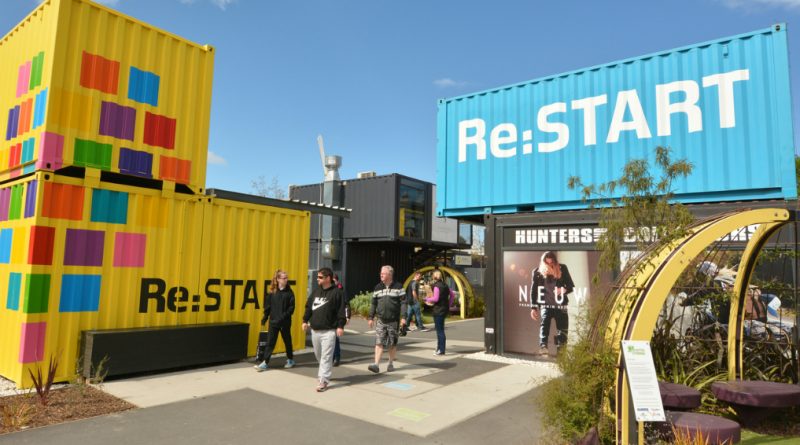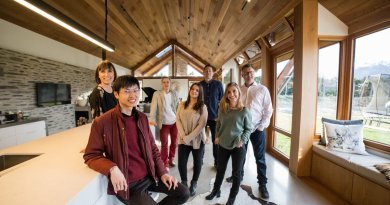The power of pop ups
Not an entirely new concept, during the time of the Roman Empire pop-up architecture could be found in the form of anti-establishment expression. Their temporary structures, designed to host plays and important events, were sometimes built to last just three weeks and were erected in defiance of the government’s opposition to permanent amphitheatres. In spite of their temporary status, the detail that often went into these structures was impressive.
In China, a design firm has conceptualised a Plug In House that can be built within 24 hours. Only a hex key is required to bring it to life.
In London, the city has a wonderful and widespread population of pop ups each serving an important social, practical and recreational purpose. A widely celebrated example, Boxpark Shopping Mall in Shoreditch, is made up of 60 shipping containers spread over two levels, hosting young businesses and eclectic gigs. It will enjoy its current home for five years before vacating and being shipped elsewhere to find a new lease of life.
The juxtaposition between styles is significant – from spontaneous and piecemeal to high tech and heavily engineered; from containers to contemporary materials; there are many manifestations of pop ups.
At home, we see the pivotal role pop ups have played in resuscitating an ailing commercial landscape in Christchurch CBD post-quakes. While the curtain has recently come down on its seven year reign as a retail drawcard, Re:Start will remain an iconic example all over the world of how valuable pops up can be in the context of regeneration.
Across New Zealand there are also examples of how pop ups can shed their temporary status and become permanent fixtures.
“Keeping pop ups is quite a Kiwi thing. It’s like once they are there, they endear themselves to us,” Michael Holmes of Holmes Architecture says.
“Kiwis are practical people and there is a conservative side to us that doesn’t want to be wasteful. We think ‘Why should we get rid of something just because it’s past its original use by date and has served its initial purpose?’ Shed10/The Cloud Pavilion in Auckland is a good example, as is the Dukes Arcade in Cuba Mall, Wellington which was designed and created as a temporary structure back in the seventies.”
Certainly, the preoccupation with pop ups shows no sign of abating with technology and innovation only set to increase and diversify the possibilities.
Source: Defign




